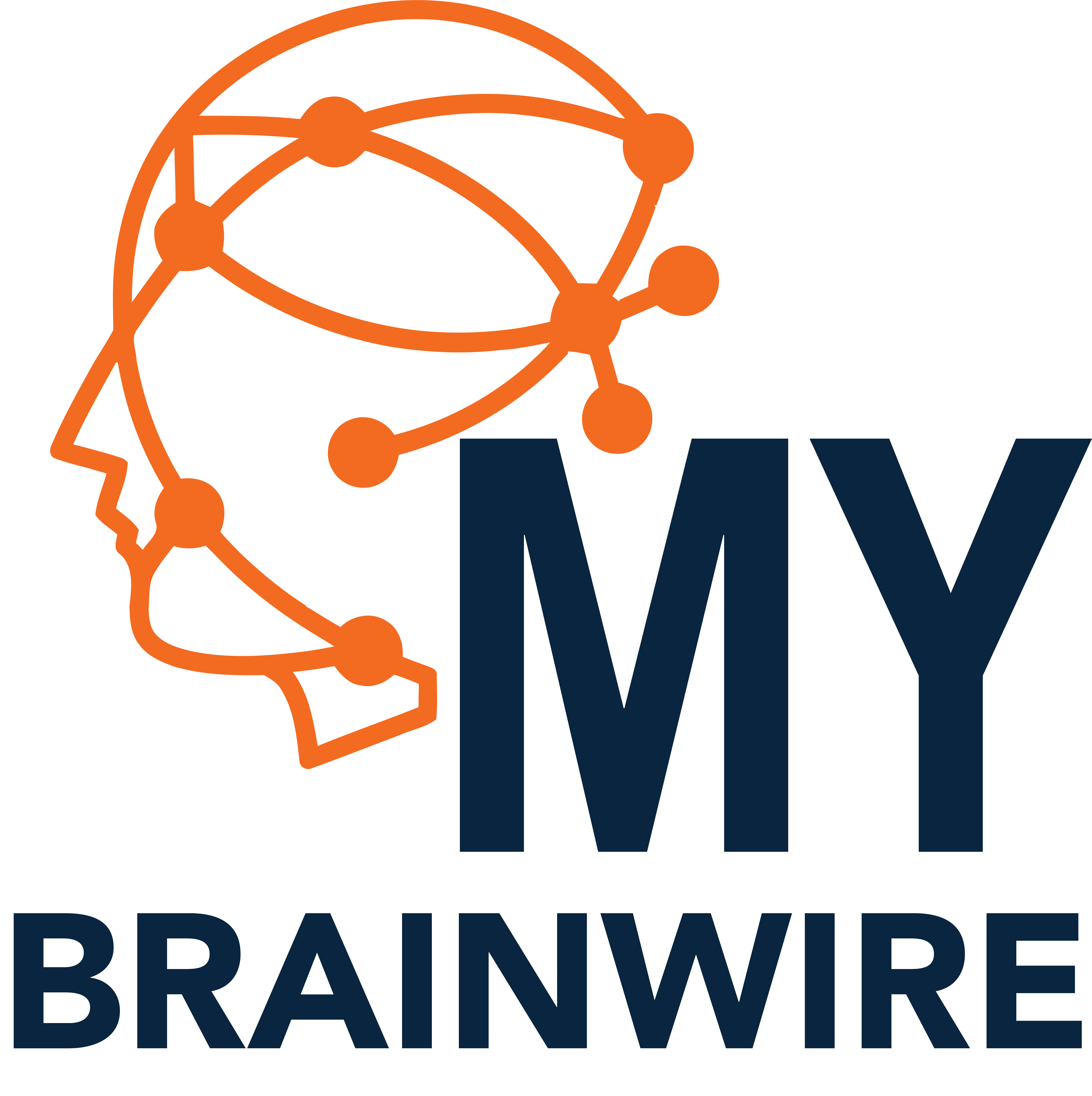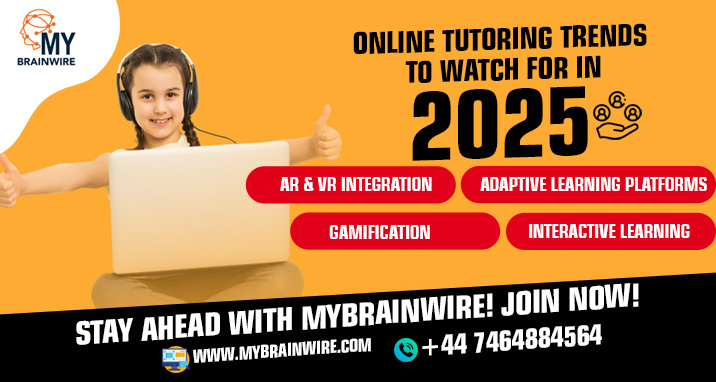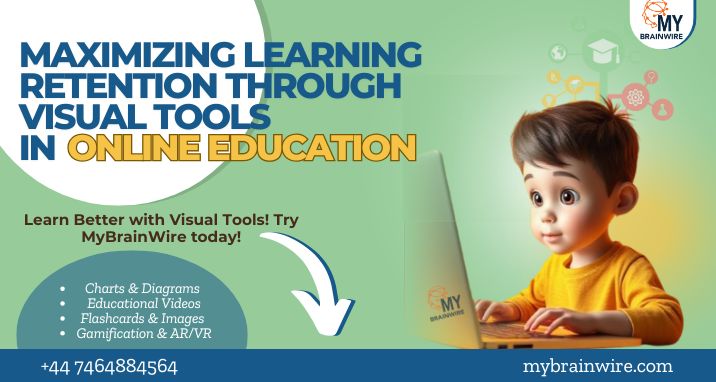The Metaverse: A Game-Changer for Online Learning
The Metaverse and the Future of Online Education Metaverse has been reshaping the scenario of online learning and education through offering interactive, immersive, as well as engaging experience of learning. As there is advancement in technologies, the virtual worlds are also becoming more accessible which creates new opportunities for the learners and the educators for connecting and learning with the innovative methods. What Is the Metaverse? A Brief Overview: The metaverse is the VR Space or Virtual Reality Space in which the users could communicate with one another in the real time and the digital environments. It also represents the blend of AR or Augmented Reality, Internet, VR or Virtual Reality, and also immersive 3D Worlds creation which goes beyond the abilities of conventional online platforms. In the metaverse, the users could experience an interactive and shared universe in which the educational, social, and professional activities happen and occur. Key Features of the Metaverse: The key features of metaverse include immersive interactivity, persistence, social presence, as well as virtual economy. The metaverse also permits the users for navigating the digital spaces and communicating with them in an engaging method than the online platforms. Virtual environments that are prevalent in the metaverse offer dynamic and evolving experiences. The metaverse also enables the individuals in communicating with the others in a lifelike way which enhances social engagement and collaboration. How the Metaverse Can Transform Online Learning Immersive Virtual Classrooms: The metaverse could recreate the environment of the classroom in the virtual space which enables the learners in attending the classes in the form of avatars. It helps in providing a more interactive and engaged experience in comparison to the conventional video based platforms. The learners could ask questions, access lectures, as well as communicate with the digital materials and objects which enhance retention and comprehension. Enhanced Student Engagement Through Gamification: Gamification is a main feature that is present in metaverse that helps in increasing the engagement of the students. By integration of components like challenges in rewards along with achievements in the learning procedure, the metaverse could create education more motivating and enjoyable, particularly for the young learners or students. Global Collaboration without Boundaries: The metaverse helps in enabling real time interaction and communication between the educator and the learners from all over the world. It exchanges culture, collaborates on international projects, as well as access to various diverse perspectives without any constraint of geographical barriers or time zones. Opportunities for Educators and Students Personalized Learning Environments: In metaverse, experience of online learning could be tailored as per the requirements of the learners. Adaptive Learning Technology could monitor the progress of the students as well as create a customized lesson plan which could adjust as per the learning style and speed of the students. This also makes sure that the learners are getting most of the educational experience. Real-World Simulations for Practical Learning: The metaverse is also open to create the real world simulations in which the learners could practice several skills in a controlled and safe environment. The hands-on experience without any real world challenges can be trans formative for various fields. Addressing Accessibility in Education: The metaverse can help in bridging the accessibility gap in the student education. The virtual rooms or classroom are accessible to the learners which have physical disabilities and this allows them participating in the class without requiring being present physically. Challenges and Concerns in Using the Metaverse for Education Privacy and Data Security: With a wide percentage of data and information generated in the metaverse, data security and privacy are the significant problems. Sensitive learner information like personal data and learning habits can be at risk if it is not protected properly. You need to ensure secured platforms as well as clear information handling which is critical. Access to Required Technology: The metaverse also demands higher-end technology such as robust internet connections and VR headsets. Educational Institutions or the students have their required resources that could widen the digital division as well as prevent equal access to the education and learning based on metaverse. Training Educators for the Metaverse: Teachers require training in the way how to utilize the metaverse effectively to teach. To create virtual lessons which are engaging, management of virtual classrooms, as well as incorporating the advanced features of metaverse in the curriculum might need up skilling that could be a challenge for the educators. Conclusion The metaverse also presents exciting opportunities to revolutionize education and learning online. With the immersive and dynamic as well as interactive capabilities, it has the chance in transforming the experience of learning for the students and educators. The challenges of technology, accessibility, as well as data security might be addressed for realizing the potential. As the metaverse is continuing to evolve, it can be a big step in online education in the near future. Are you ready for experiencing online learning with MYBRAINWIRE in the near future? Explore the possibilities of revolutionizing and the probabilities of metaverse the way you learn or teach today. FAQs What is the metaverse in education? Metaverse in online education implies the virtual environment in which learning takes place in the interactive and immersive setting. It also combines the components of virtual reality, digital tools, and augmented reality for creating dynamic learning experiences. How can the metaverse improve online learning? Metaverse leads to improvement in online education and learning by offering global collaboration, immersive classrooms, real world simulations, and virtual learning which makes education more effective and engaging. What challenges does the metaverse face in education? The challenges are data security and privacy concerns, the requirements for training, the teachers or the educators, as well as unequal access to various technologies for using the new methods and platforms efficiently. Is the metaverse accessible to all students? Besides offering great potential regarding accessibility by metaverse, technologies needed for access include higher speed internet, and VR Headsets, which might not be available to all the learners and this creates a barrier. How











